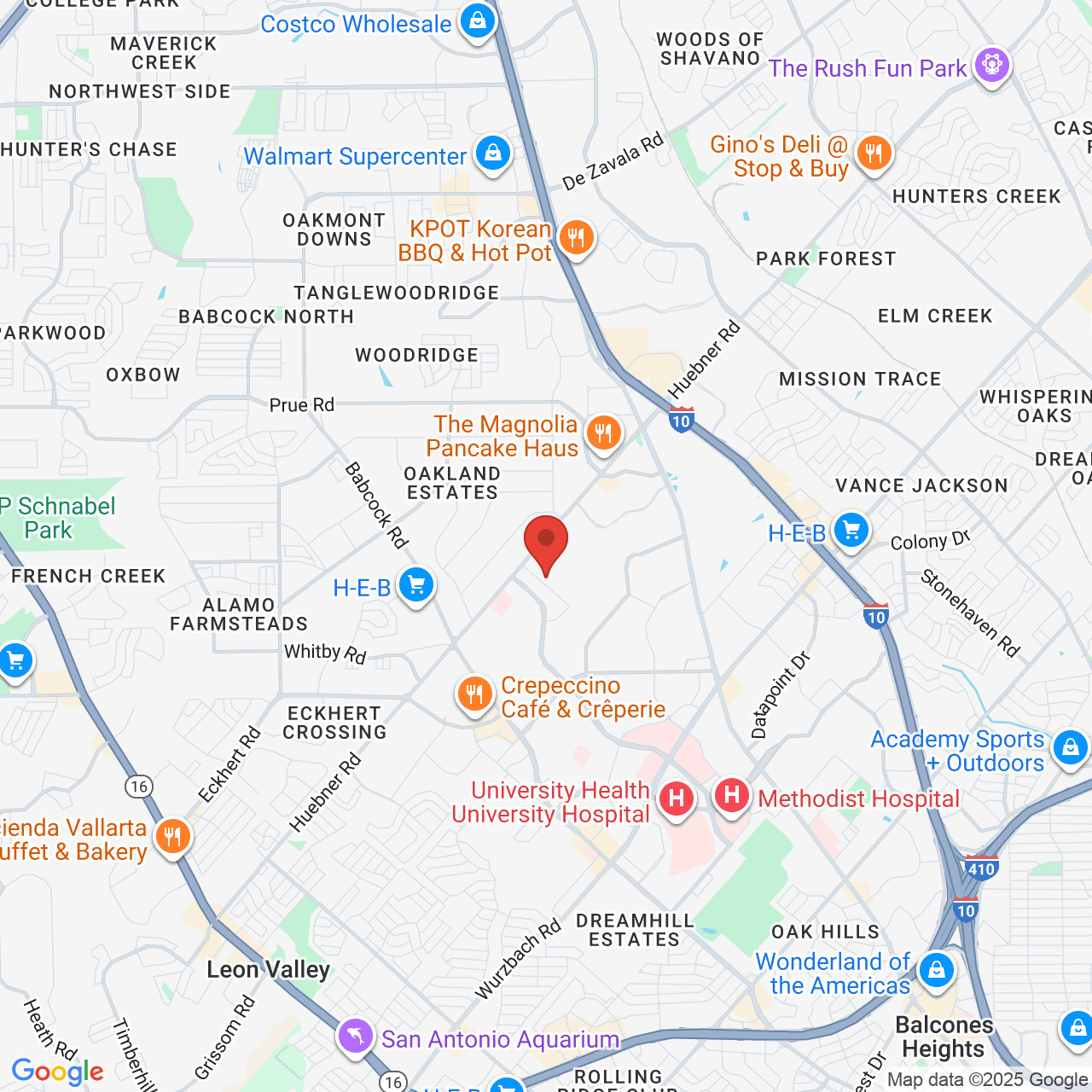Hearing Loss With Microtia
 Most patients born with microtia also have "aural atresia" (lack of an ear canal). Luckily, these children usually have a normal inner ear and hearing nerve (cochlea), which means they are not deaf. Instead they have conductive hearing loss which can be treated by Dr. Bonilla as well.
Most patients born with microtia also have "aural atresia" (lack of an ear canal). Luckily, these children usually have a normal inner ear and hearing nerve (cochlea), which means they are not deaf. Instead they have conductive hearing loss which can be treated by Dr. Bonilla as well.
Can you still hear if you have microtia?
Is a child with microtia deaf? In almost all cases, the answer is no. Why? During in-utero development the outer ear and middle ear form at about the same time. When there is a severe congenital malformation of the outer ear, such as a microtia, then there is usually a malformation of the middle ear as well. Most of the time, the middle ear malformation consists of fused or malformed middle ear bones, a smaller middle ear cavity and an abnormal course of the facial nerve.

Luckily, the inner ear (the location of the hearing and balance organs) forms at a different time as the outer and middle ears. As a result, the inner ear functions at a normal level, even in a child with a microtia. So when someone asks whether your child is deaf, the answer almost always is usually no.
When hearing loss occurs because of an outer or middle ear problem, this is called conductive hearing loss. When hearing loss occurs because of an inner ear problem, this is called sensorineural hearing loss.
In conclusion, a child with a microtia will usually have normal sensorineural hearing and moderate to severe conductive hearing loss. All this means is that the child’s inner ear is normal (normal sensorineural status), but because there is no ear canal, there is no way for sound to “conduct” to the inner ear via the ear canal. As a result, there will be conductive hearing loss.
Hearing Treatment Options For Patients With Microtia
Hearing surgery is not mandatory!
HOW HEARING WORKS WITH MICROTIA
(please note that newer hearing options are now available)
How the Cochlear™ Baha® Attract System Works
Cochlear Attract Magnet
(no visible abutment)
How the Cochlear™ Baha® Connect System Works
(abutment visible)
How the Ponto System Works
(abutment visible)










